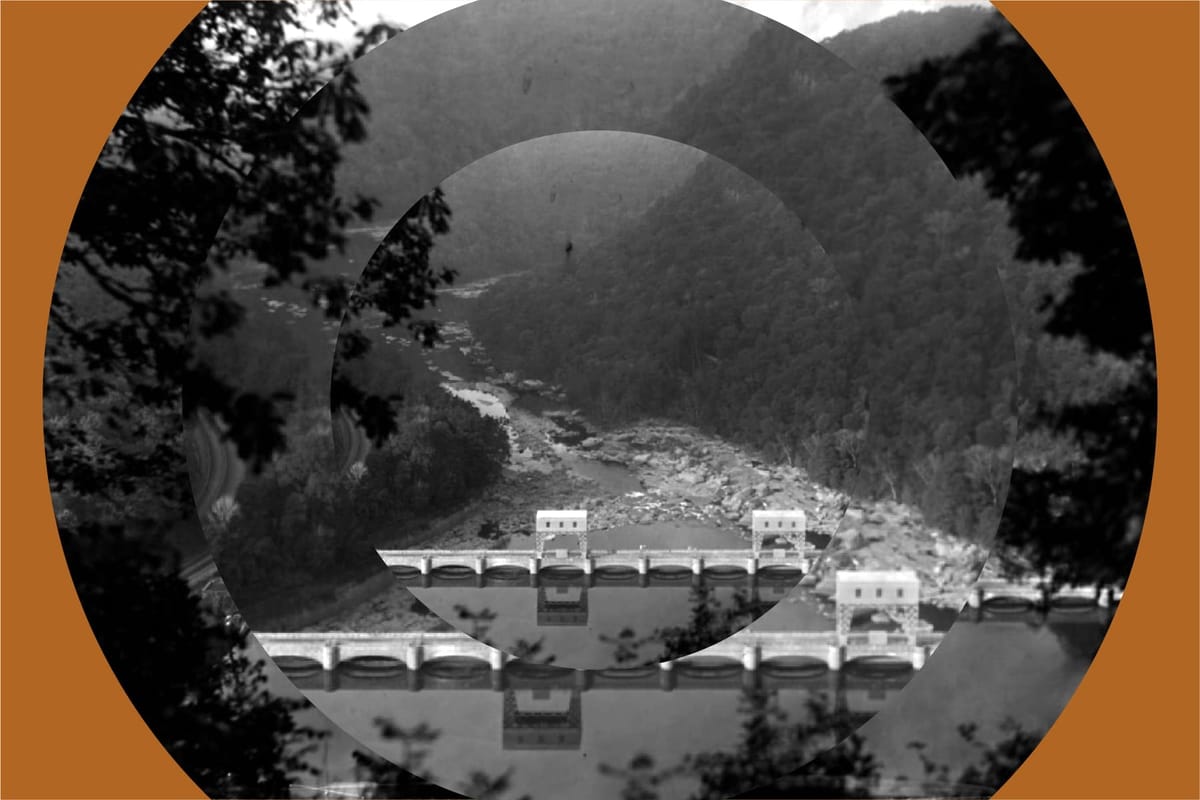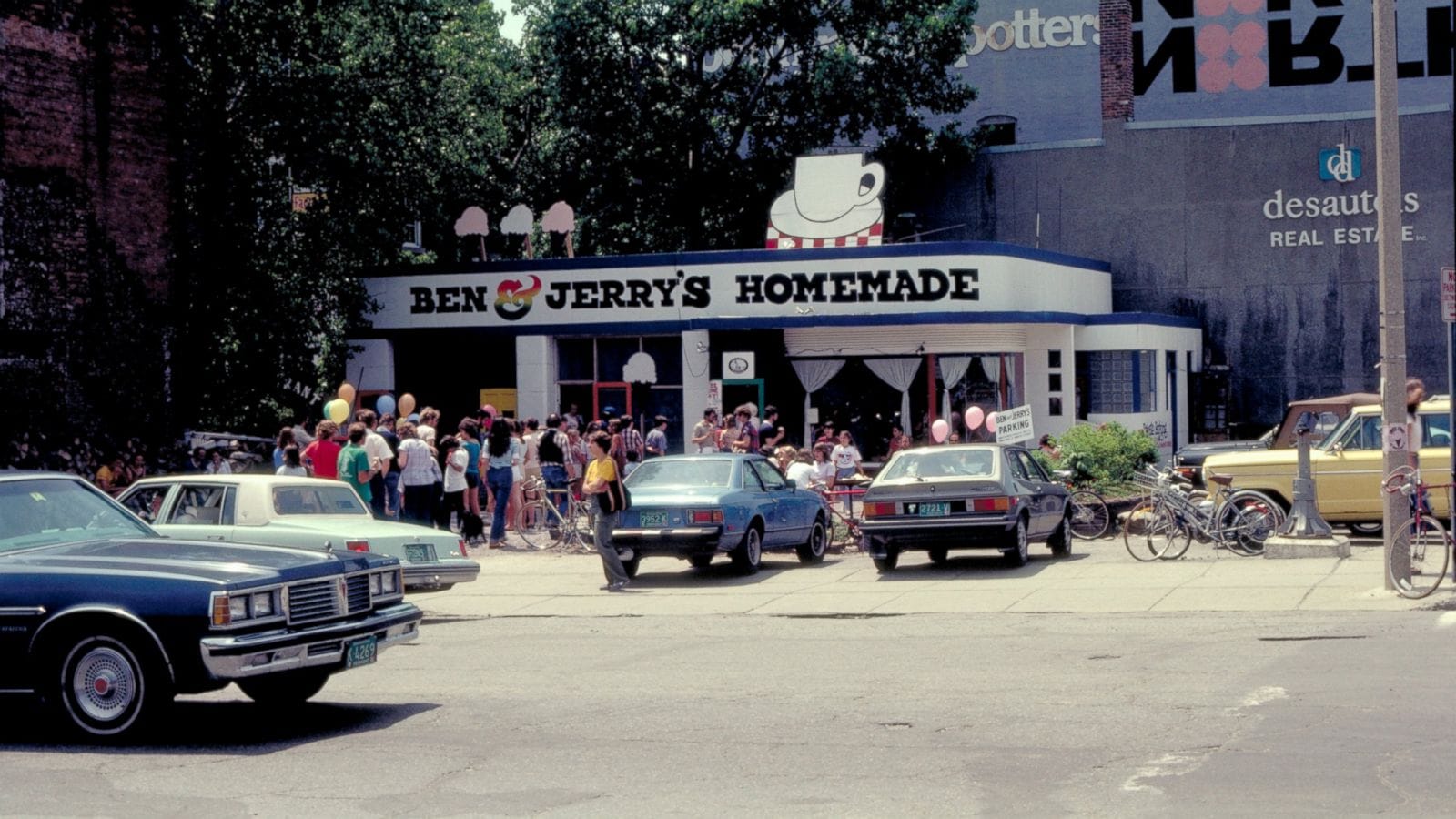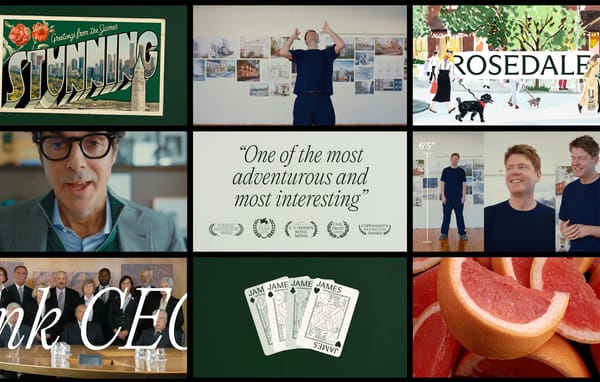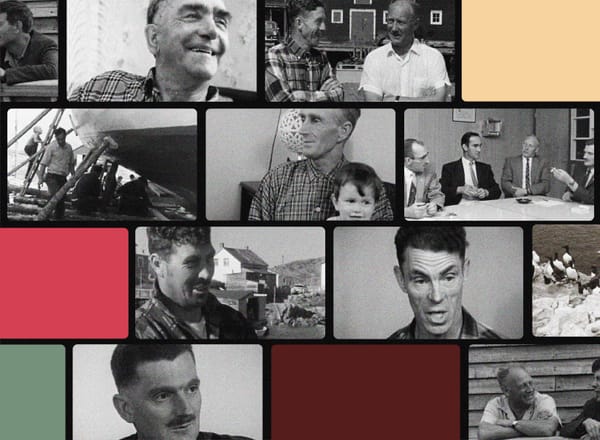The Universe is Made of Stories
The science of how narrative physically changes the world.

No longer speaking
Listening with the whole body
And with every drop of blood
Overtaken by silence
But this same silence is become speech
With the speed of darkness.
— Muriel Rukeyser, “The Speed of Darkness,” in The Speed of Darkness (first published in 1968)
During the 1930s, Muriel Rukeyser, American poet and activist, traveled to Gauley Bridge, West Virginia, to document the Hawk’s Nest Tunnel disaster, where hundreds of workers were dying from silicosis due to corporate negligence. Her epic poem The Book of the Dead exposed the tragedy, blending art and activism to demand justice for the forgotten victims. It's not enough to say it's art with a practical purpose. It's art that also sought to affect tangible societal change.
So how does it happen? How does a poem change anything? In The Speed of Darkness Rukeyser also writes: “The universe is made of stories, not atoms.”
Tom Siegfried, an acclaimed science journalist, explores the concept that “information is physical” in his book The Bit and the Pendulum: From Quantum Computing to M Theory—The New Physics of Information (Wiley, 2000). In it, Siegfried explores the notion that information is not merely abstract but has tangible physical implications, influencing quantum computing, black hole physics, and the fundamental structures of the universe.
The idea that “information is physical” is rooted in the principles of physics, and particularly the work of physicist Rolf Landauer. Landauer’s principle suggests that erasing information in a computational system results in more entropy, thereby producing heat. Experimentally validated, even within the quirky world of quantum systems, this principle reinforces the idea that information processing has inherent physical consequences.
But information isn’t a story—it’s the scaffolding. It’s on this framework that interesting, story-related things happen.
The first is the impact of stories on our brains. Neuroeconomist Paul J. Zak's research demonstrates that emotional, character-driven stories can elicit the release of the neurochemicals oxytocin (empathy) and cortisol (focus) in the brain. In one study, participants who watched an emotionally engaging video of a father discussing his terminally ill son showed increased levels of oxytocin and cortisol, along with a greater likelihood of donating to a related charity. Stories literally change minds.
If stories can affect change at the level of the individual, how do these processes affect change within communities?
In 2010, Uri Hasson and colleagues at Princeton University demonstrated how a phenomenon called neural coupling provides the mechanism for stories to create impact. Hasson's research observed neurochemical responses triggered when the listener’s brain is closely aligned with a storyteller’s. The effect is deepened engagement and empathy among individuals.
This phenomenon has practical effects with real world consequences. The Significant Objects Project, initiated in 2009 by journalist Rob Walker and writer Joshua Glenn, was a literary and anthropological experiment designed to explore how storytelling influences the perceived value of everyday items.
Walker and Glenn purchased inexpensive items—averaging $1.25 each—from thrift stores and garage sales. They then enlisted over 200 writers, including William Gibson, Meg Cabot, and Colson Whitehead, to write fictional stories about these objects. Instead of standard product descriptions, these narratives were used in the items' listings on eBay. The stories were clearly presented as fictional to avoid misleading buyers.
The results were striking: items originally bought for a total of $128.74 sold for $3,612.51, a significant increase in value attributed to the accompanying stories (and associated authors).

This ashtray, I imagine, came from somewhere further along the Hawk missile system’s developmental span. Ashtrays aren’t liminal. When you’re passing out ashtrays, you’ve actually got a product. When they passed a little spring-topped jewelry box, closed, to one of the über-geeks, that confidential “check this shit out” moment, it wasn’t a product, it was a glyph, something there but not there, half-juggled from the Dreamtime.
— William Gibson, Excerpt from “Hawk Ashtray” from The Significant Objects Project (2009)
The Significant Objects Project underscores the powerful role of narrative in creating value. Stories can transform mundane items into valuable possessions and the implications go beyond literature, affecting fields like marketing, branding, and consumer behaviour.
While the science of storytelling has certainly been applied for reasons no deeper than selling more stuff, many companies have shown that storytelling can rally people around shared concerns. In fact, 87% of U.S. consumers would buy from a company that supports an issue they care about.
There are iconic examples that drive this point home. Dove’s Real Beauty campaign replaced traditional beauty ads with stories celebrating diverse bodies and identities, and spurred global dialogue and boosted sales from $2.5 billion to $4 billion.
Nike’s “Dream Crazy” campaign featured Colin Kaepernick and tied the brand to the racial justice movement. Despite backlash, it drove a 31% surge in online sales and record-high stock performance.
Burlington's own Ben & Jerry’s has consistently linked its brand to activism with a focus on climate change, racial equity, and LGBTQ+ rights to build loyalty and cultural relevance while growing to become one of the world’s most recognized ice cream brands.

Rukeyser is right to say the universe is made of stories if we accept the truth that stories are made of neurochemicals, which are chemical compounds, which are made of atoms. When we tell an emotionally engaging story that forces us, as Rukeyser wrote, to 'listen with the whole body', it changes our brains and those around us.
What does it all add up to? Good stories (physically) change hearts and minds. Great stories change lives, organizations, and countries. Creating a good story, even in the face of systemic resistance, is the first step in rallying people towards a shared goal.
☕️ The Significant Object Project
🌎 Earth is Our Only Shareholder
🌊 The Book of the Dead




